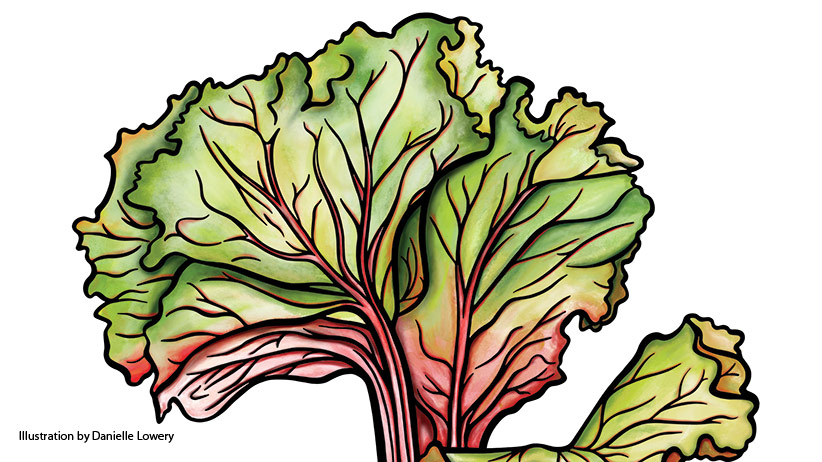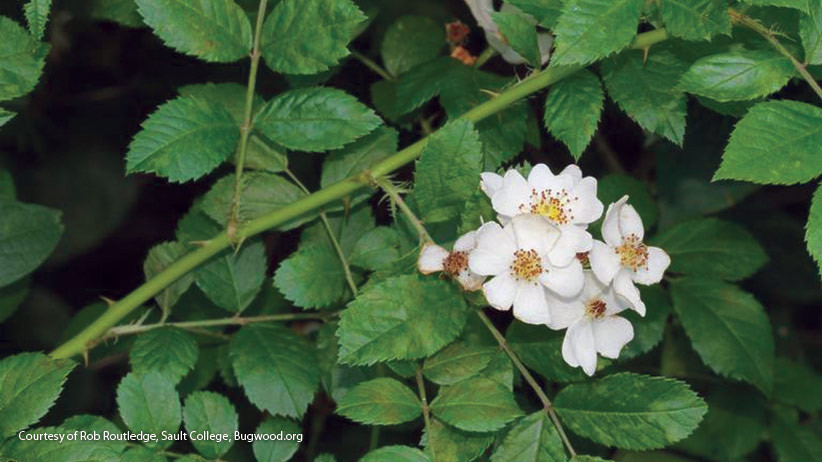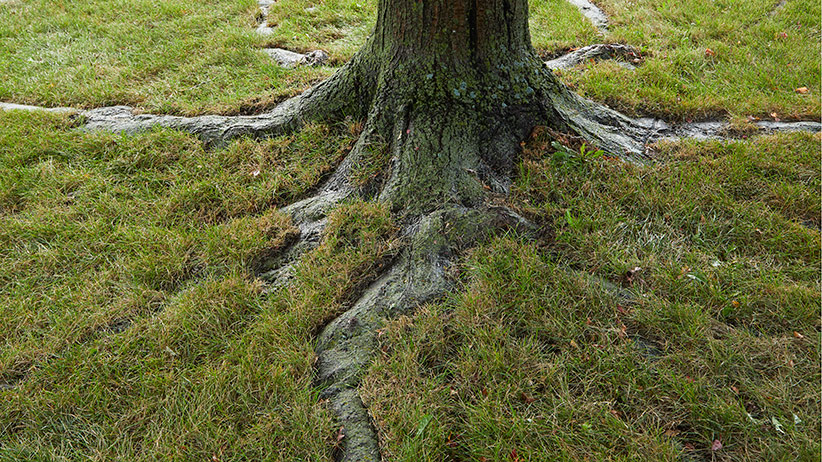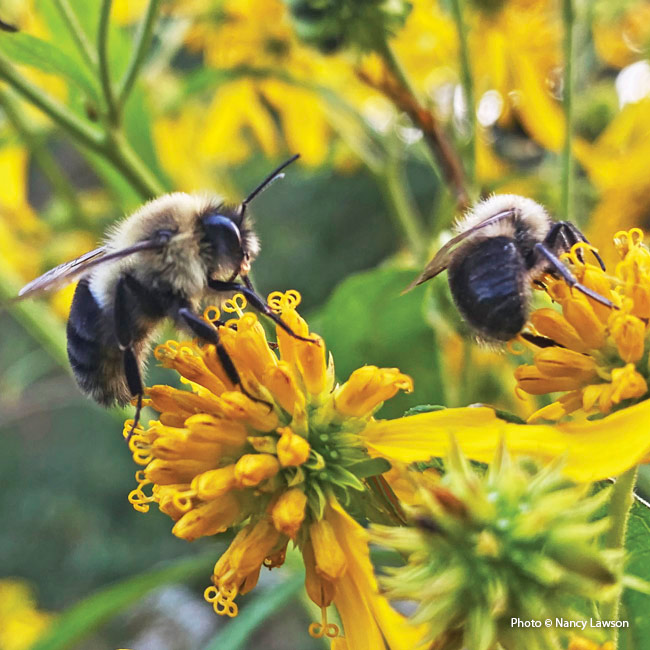
Where do native bees overwinter?
As the buzz of busy bees gave way to the rustle of fallen leaves in my autumn garden, the last of the bumblebee stragglers hit up fading mountain mint (Pycnanthemum virginianum) blooms. Day by day, fewer sparkly green sweat bees and dwarf carpenter bees nectared on the asters (Symphyotrichum spp. and hybrids), eventually vanishing along with the fluffy field thistle (Cirsium spp.) seeds. Despite appearances, the bees never really left us. While we snuggle under blankets indoors, bees of many shapes and sizes hide under leafy covers of their own. Seventy percent of the nearly 4,000 native bee species in North America build nests on or below the surface, and many of their progeny spend winter ensconced in soil, emerging as adult bees just in time to catch favorite blooms. The rest are cavity nesters, spending winter in logs, broken wildflower stalks and twigs of shrubs like elderberry (Sambucus spp. and hybrids) and roses (Rosa spp. and hybrids).
You Might Also Like:
Early-Blooming Flowers for Pollinators
Blue Flowers are Best for Bees
Pollinator Garden Plans
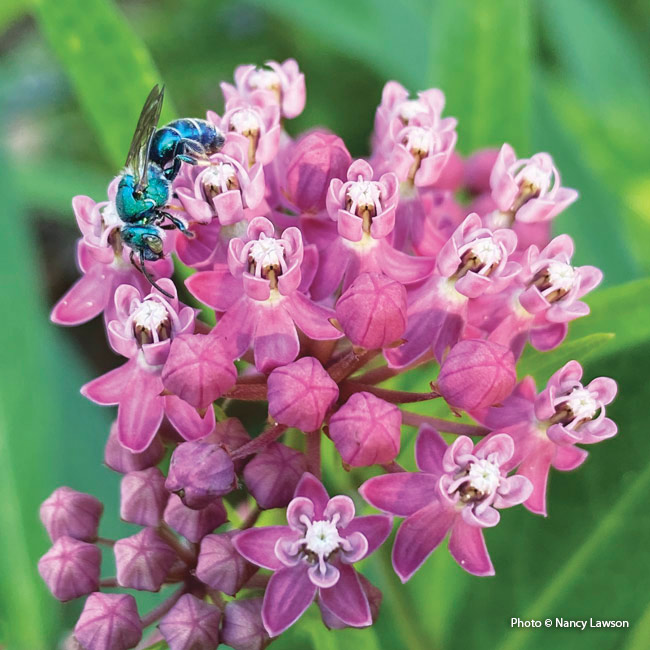
It's not about hives; it’s about habitat
Though domesticated honeybees have captured our cultural imagination since their introduction by colonists centuries ago, their highly managed, social lifestyles are nothing like those of native bees. Most bees in the wild are solitary, building nests by themselves and laying a small number of eggs. You don’t need a beekeeper’s suit to be near these important pollinators because they don’t have hives to defend and are unlikely to sting. In fact, they’re often so small and unobtrusive that you’ve probably walked by them many times without even noticing!
Most mother solitary bees die after provisioning nests, where larvae then develop and overwinter. For bumblebees, who nest in small colonies, the situation is reversed: All but new queens die in fall, leaving lone females to start new colonies in spring. It’s extra-important to protect these hard-working mamas, as population survival rests entirely on their wings. More than a quarter of North America’s 46 bumblebee species face extinction risks, including the threatened American bumblebees (Bombus pensylvanicus) who live in my garden. Among the causes of their declines is loss of overwintering habitat.
You Might Also Like:
Native Bee House Project
The Humane Gardener Website | Nancy Lawson
How to Create a Bee Lawn
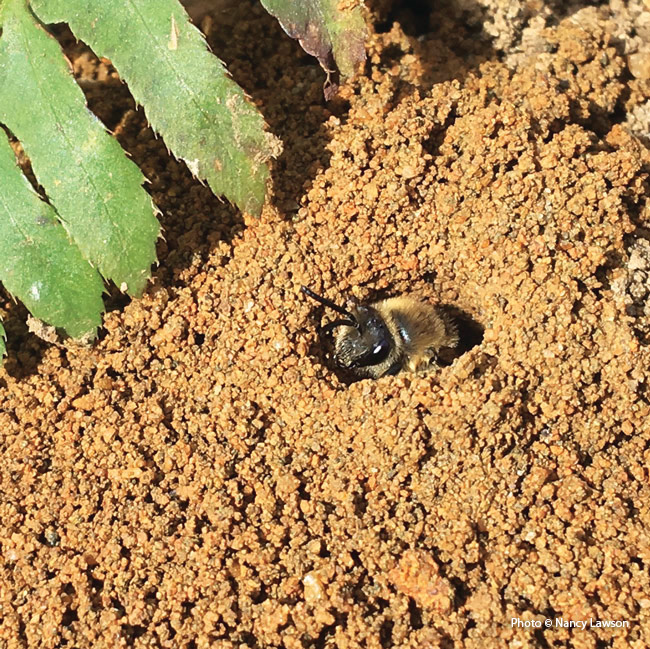
Helping native bees is easy!
Decaying plants are just as important to native bees as live flowers. Incorporate nesting and overwintering sites into your garden by leaving insulating leaves under shrubs and trees and lining pathways with logs. And trim spent perennial stems to about a foot tall in early spring to make them accessible to cavity-nesting mothers; then leave them up until the following year to give hatching bees a chance to emerge.
As the weather warms, avoid tilling and unnecessary digging, all of which can disturb mining bees, cellophane bees, bumblebees and others nesting in bare soil. Learn to coexist with voles and other small rodents, whose burrows are favorite bumblebee nesting sites. And finally, grow some plants native to your region to help specialist bees who evolved to gather pollen for their young only from certain flowers.
Related Articles:
Native Prairie Plants for Any Size Garden
Design a Garden to Attract more Pollinators
Lesser Known Pollinators










